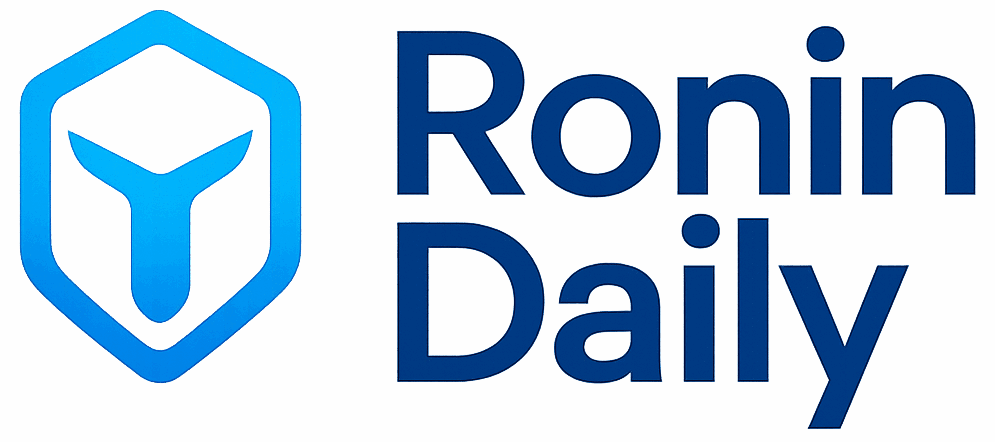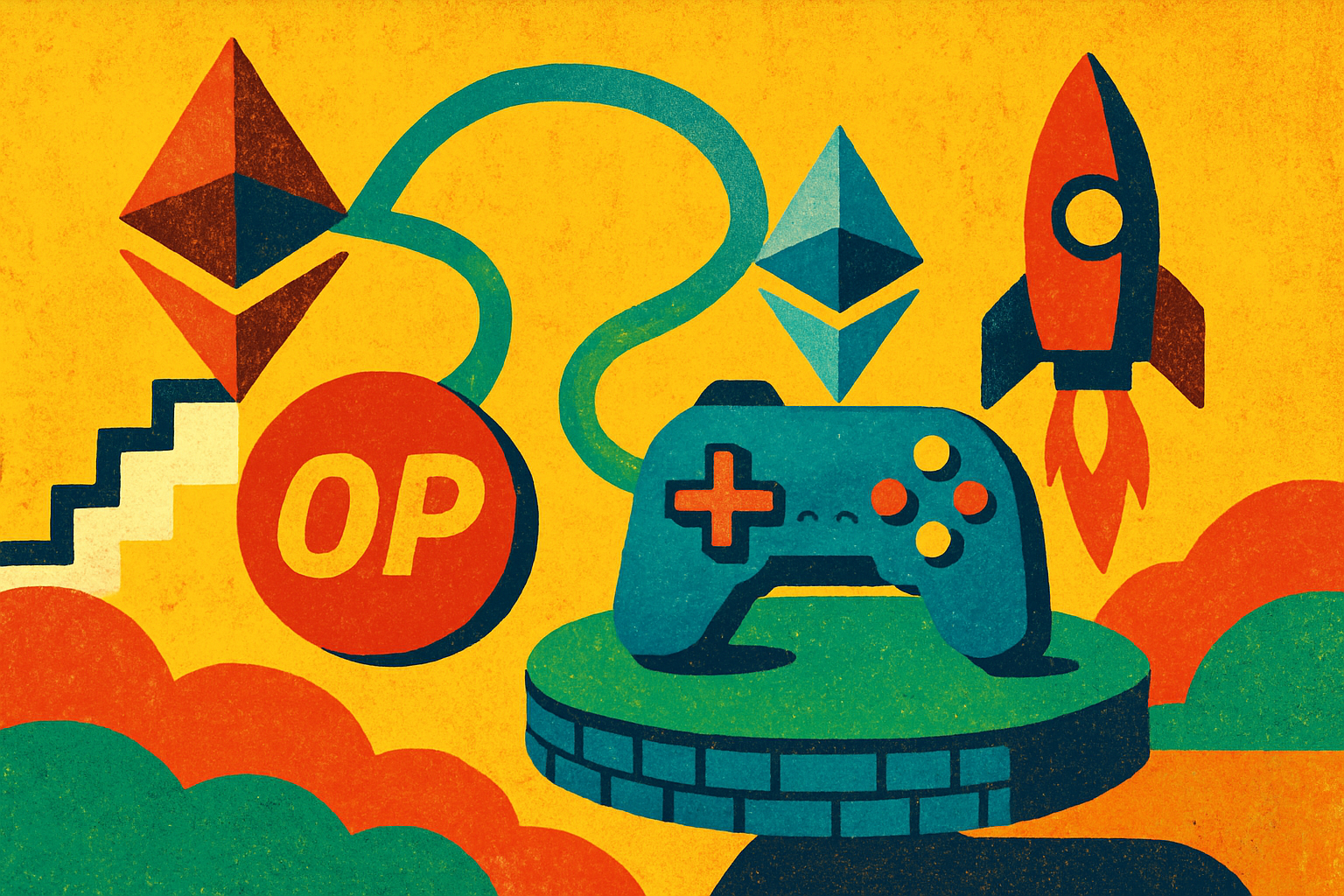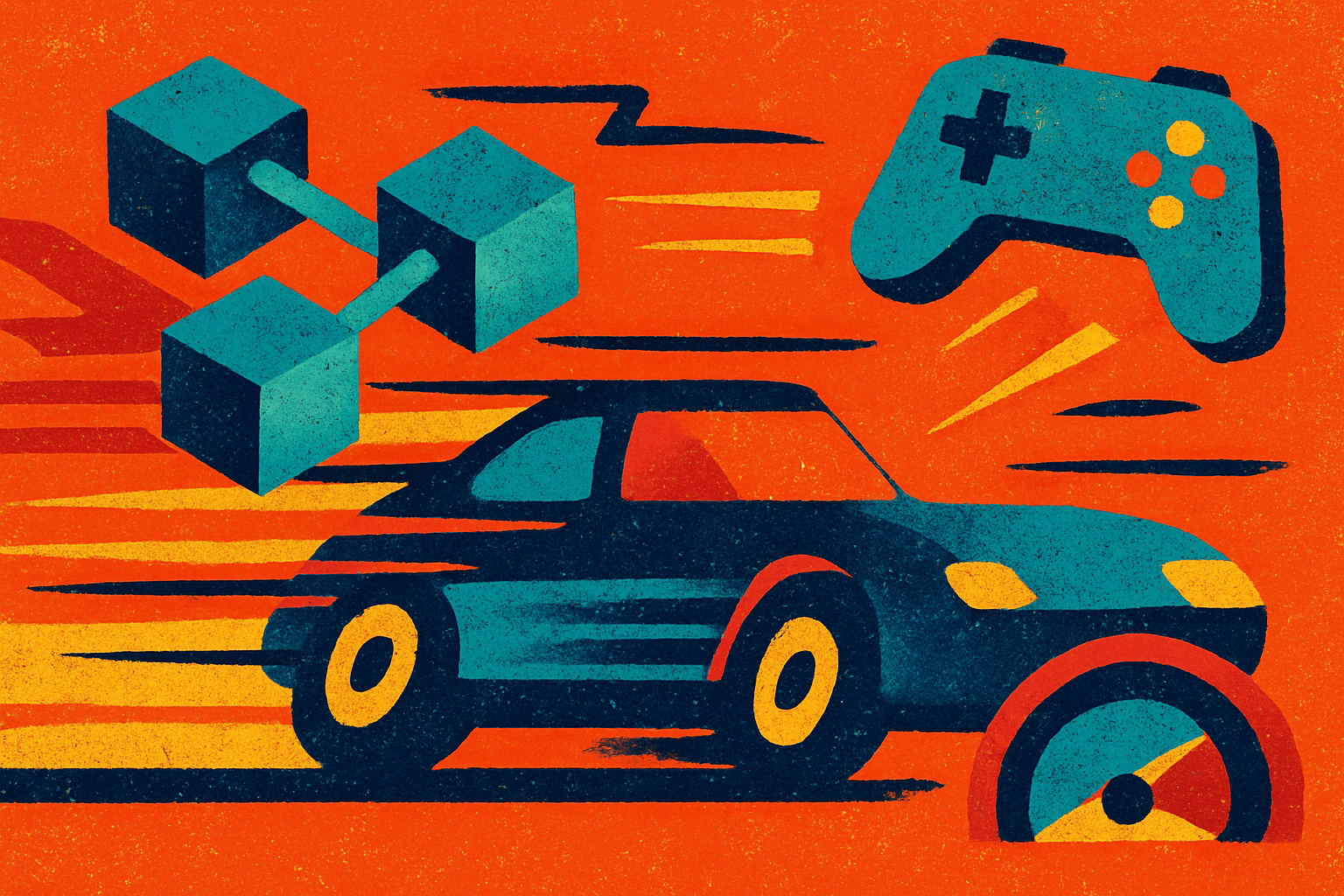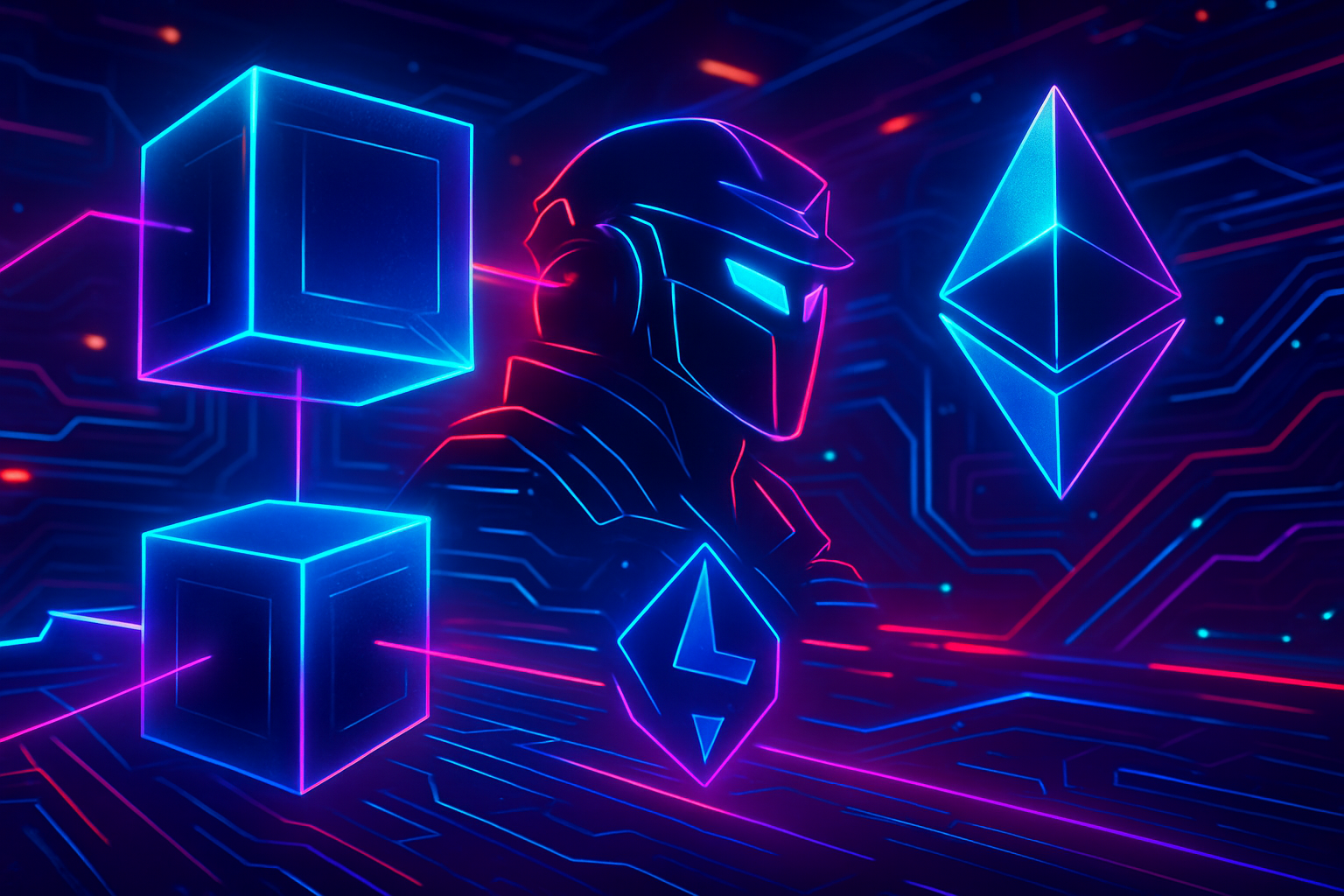
Ronin Network’s bold move to transition from a standalone Ethereum sidechain to a full-fledged Layer 2 solution using Optimism’s OP Stack is more than just a technical upgrade – it’s a strategic pivot that will redefine the developer and user experience across the Ronin ecosystem. This transition, set for completion by Q1-Q2 2026, aims to bring Ronin “home” to Ethereum, leveraging the security, scalability, and composability of the world’s most trusted smart contract platform. For developers, this upgrade is not just about faster transactions or lower fees: it unlocks new opportunities for growth, funding, and interoperability within the broader Superchain network.
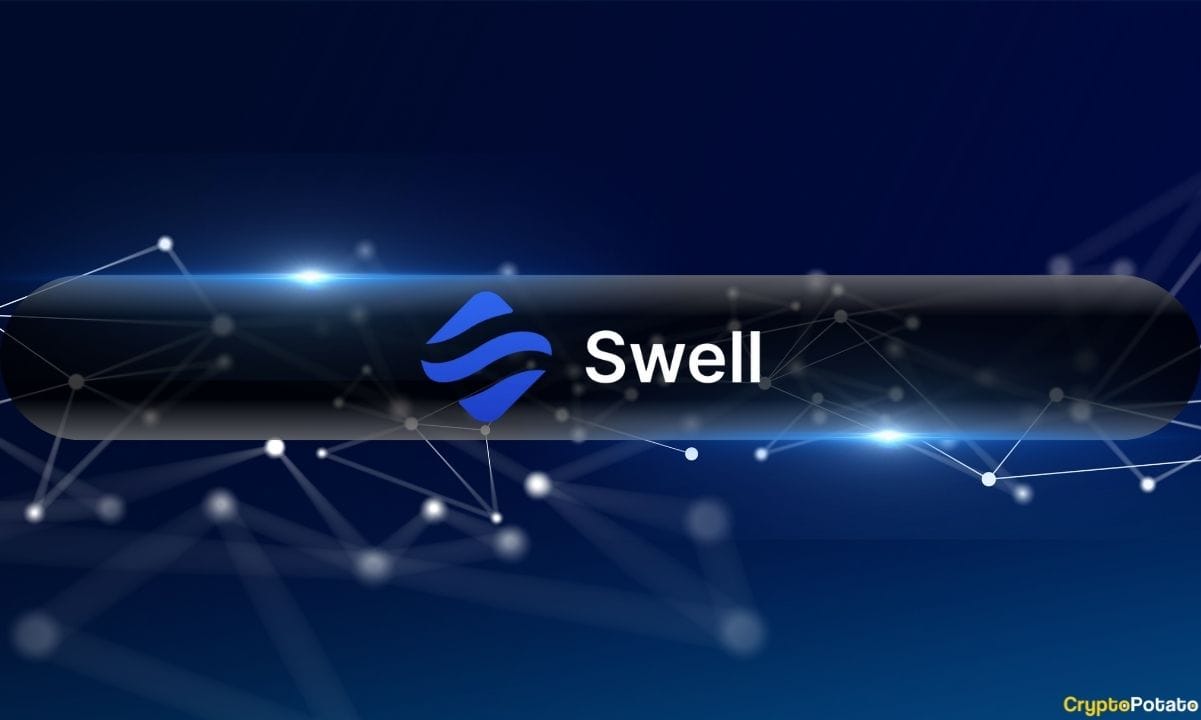
Why Ronin Chose Optimism’s OP Stack
Ronin’s selection of the Optimism OP Stack as its Layer 2 foundation was no accident. After extensive evaluation by validators and ecosystem stakeholders, Optimism emerged as the clear choice thanks to its battle-tested infrastructure and robust open-source tooling. The OP Stack is already powering chains like Coinbase’s Base and Uniswap’s Unichain, making it a proven solution for high-throughput blockchain applications.
The integration promises block times between 100-200 milliseconds, with theoretical throughput reaching up to 1 million transactions per second. This leap in performance directly addresses one of Web3 gaming’s biggest pain points: scalability under real-world loads. As highlighted by Ronin leadership, this means smoother gameplay experiences and seamless on-chain interactions for millions of users.
Supercharged Developer Incentives and Ecosystem Support
The developer experience on Ronin is about to get a significant upgrade. With support from the Optimism Foundation, Eigen Labs, and Boundless Foundation, milestone-based grants totaling between $5 million and $7 million are being made available for builders on Ronin. These funds are designed to turbocharge development activity as teams port existing projects or launch new ones on the upgraded network.
In addition to direct grants, developers will be eligible for allocations from the 850 million $OP Retro Fund, which rewards impactful contributions across all Superchain-connected chains. Builders can also expect discounts on essential infrastructure tooling – including block explorers, indexers, and oracles – reducing operational friction as they scale their dApps.
Top Developer Incentives During Ronin’s L2 Migration
-
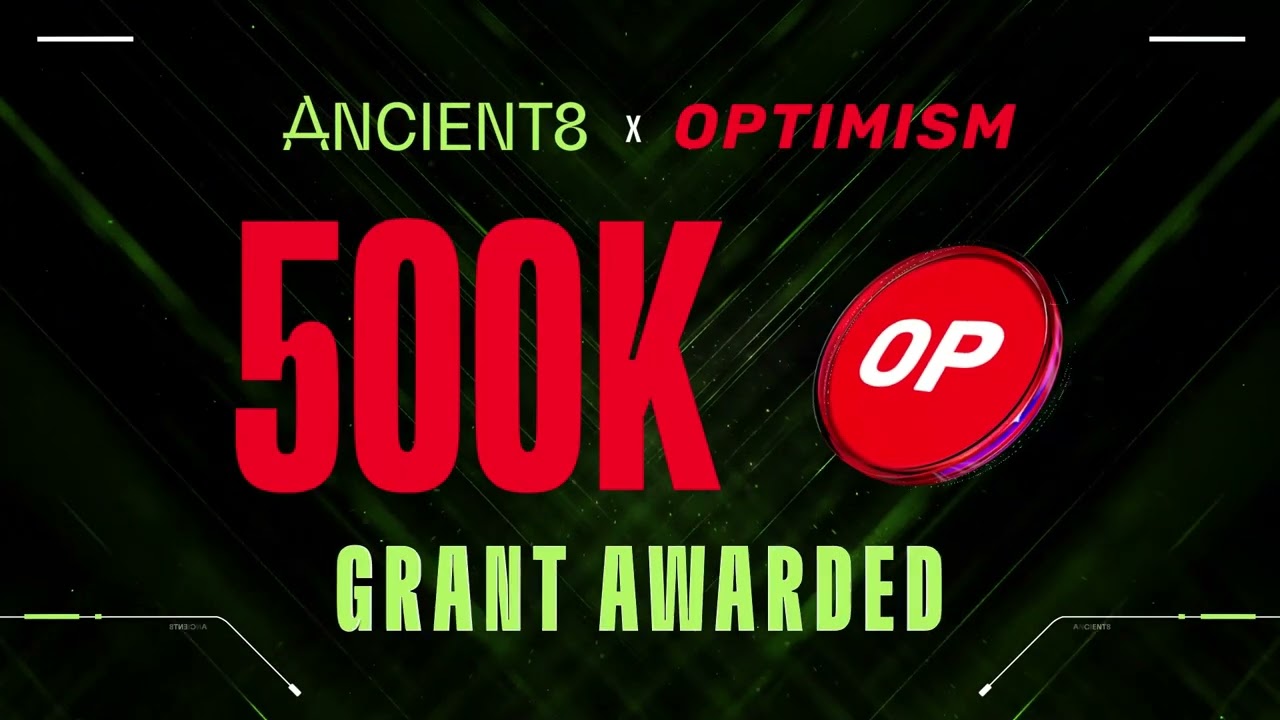
Milestone-Based Grants: Developers building on Ronin L2 can access $5M–$7M in milestone-based grants from the Optimism Foundation, Eigen Labs, and Boundless Foundation to support innovative projects and ecosystem growth.
-
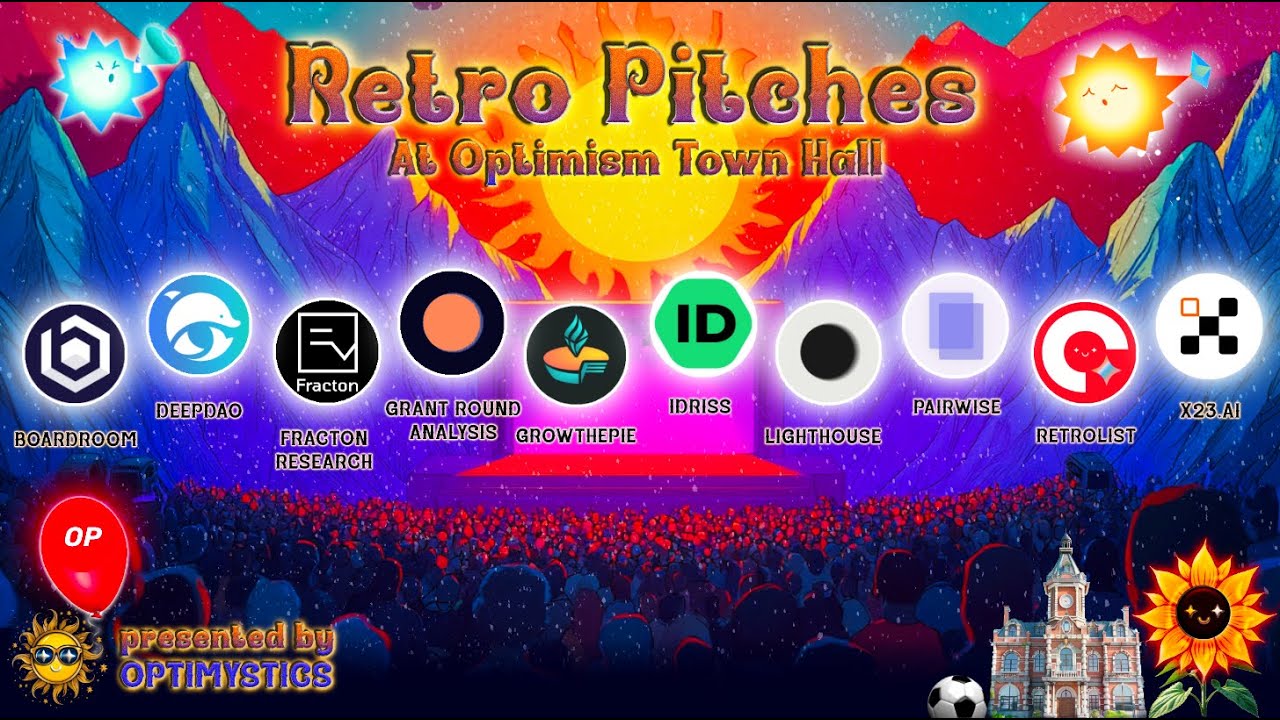
Eligibility for the 850M $OP Retro Fund: Projects on Ronin L2 become eligible for allocations from the 850 million $OP Retro Fund, rewarding impactful builders and fostering long-term development.
-
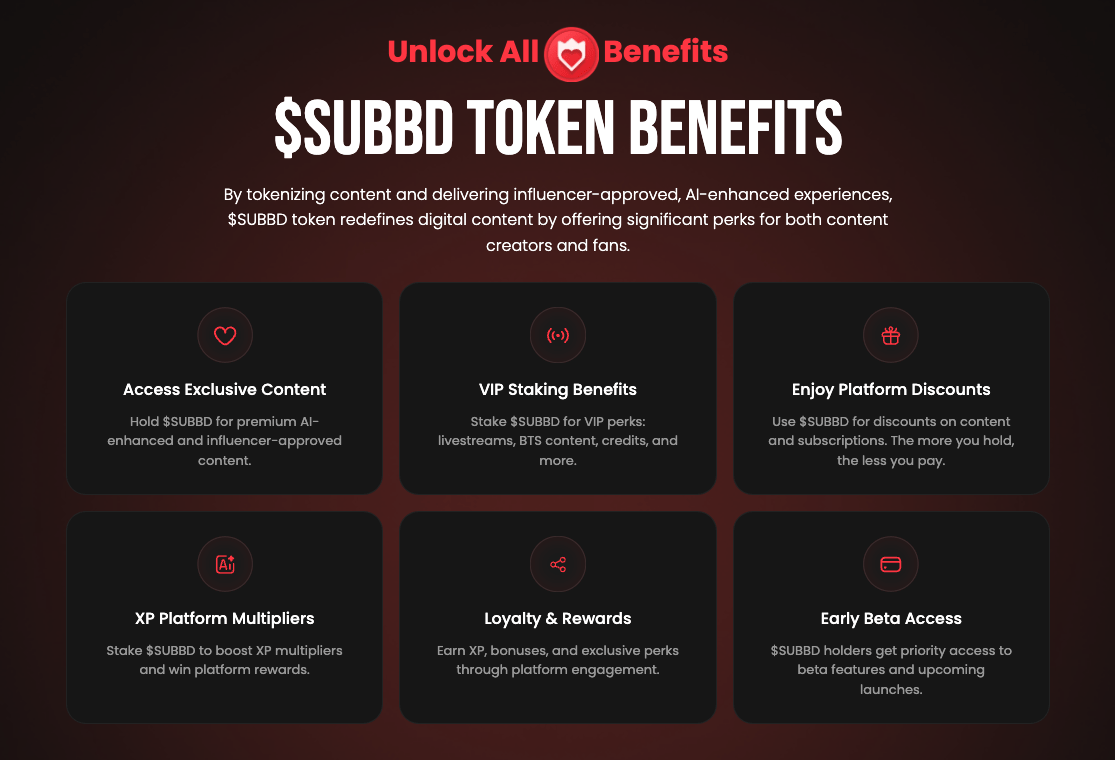
Discounted Infrastructure Tooling: Developers gain discounts on essential infrastructure tools such as block explorers, indexers, and oracles, lowering operational costs and accelerating deployment.
-
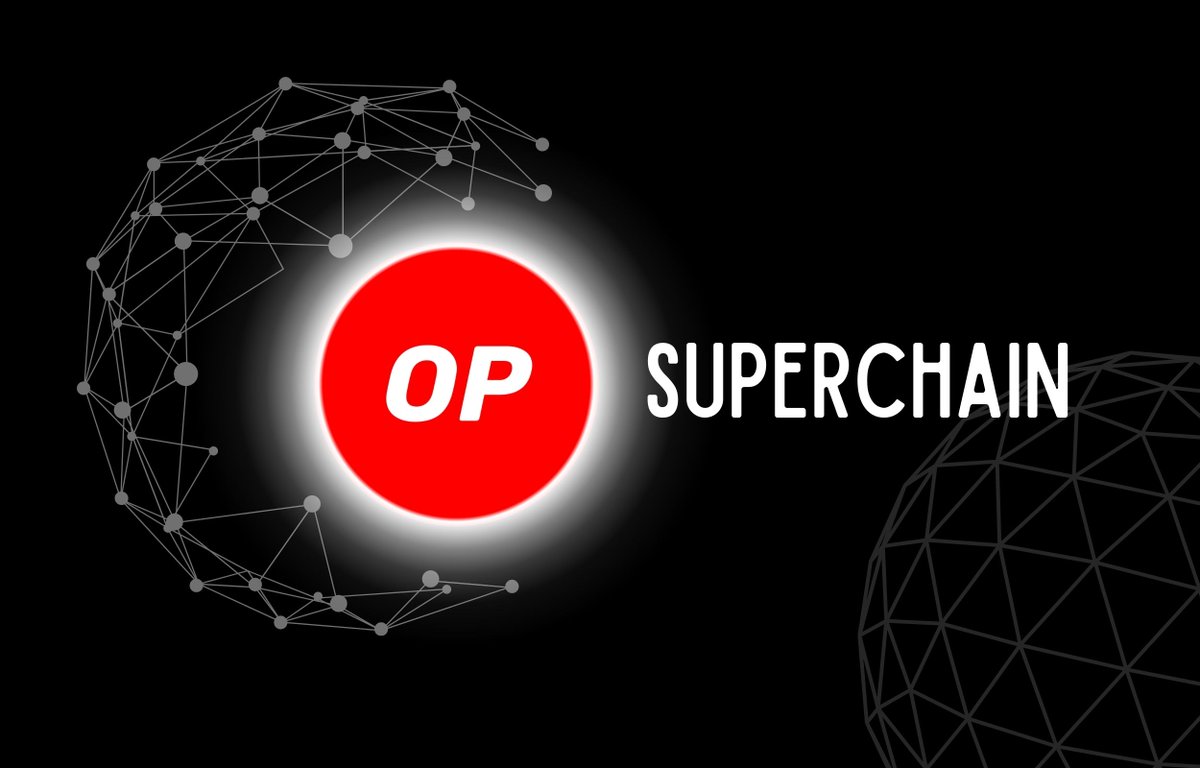
Access to the Superchain Ecosystem: By joining the Optimism Superchain, Ronin developers can collaborate with leading platforms like Coinbase’s Base and Uniswap’s Unichain, unlocking new interoperability and partnership opportunities.
-
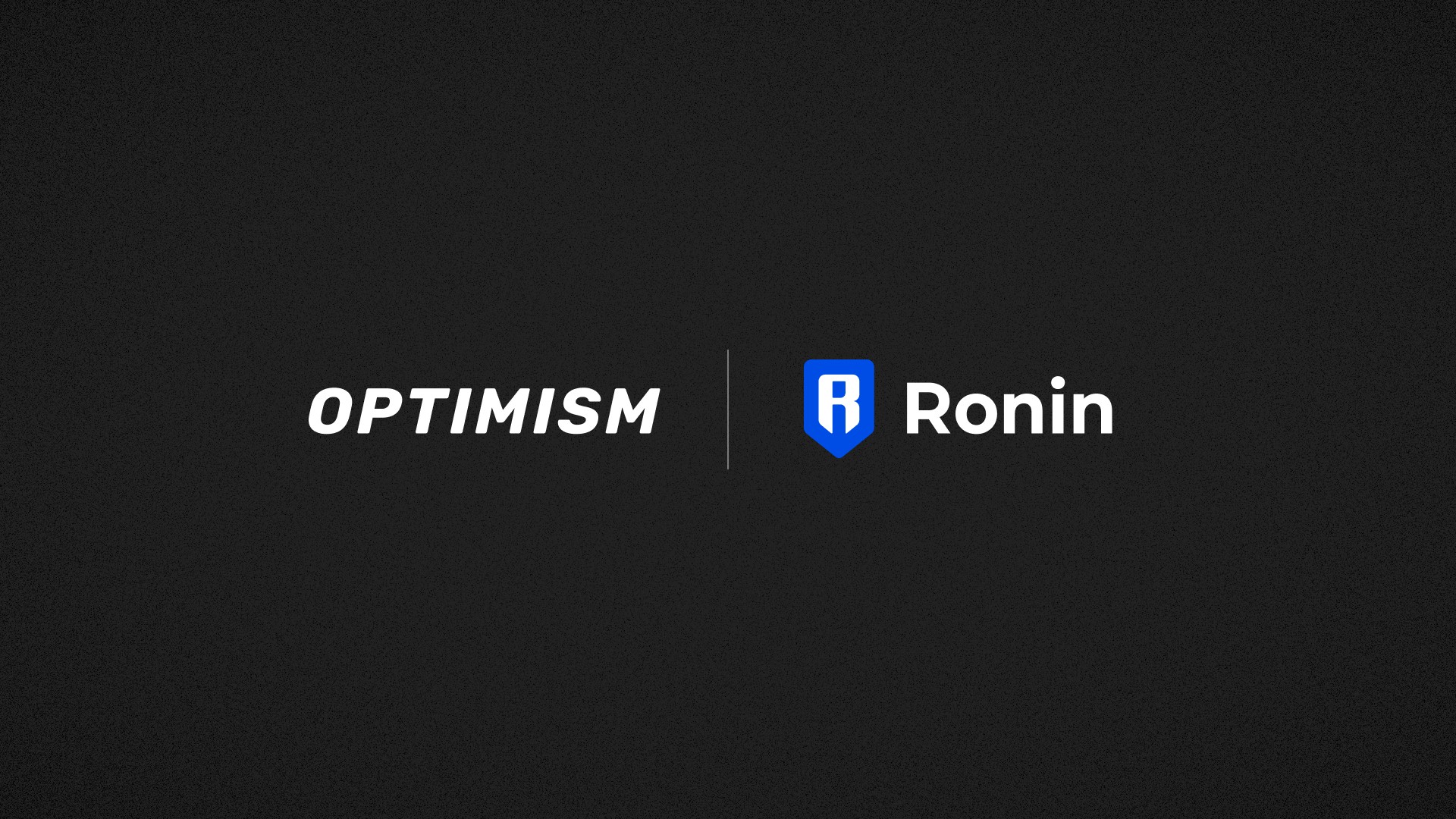
Seamless Migration Support: The migration process is streamlined and fully supported by Optimism’s technical team, ensuring minimal disruption and ongoing guidance for all projects.
Migrating Seamlessly: What Developers Should Expect
The transition has been architected with developer continuity at its core. According to official updates from Ronin Network, existing products will continue functioning without interruption throughout the migration process. No immediate action is required from development teams; instead, they are encouraged to stay informed via official channels as more detailed guidance becomes available closer to the final hard fork.
This approach minimizes risk while maximizing stability for both live games and DeFi protocols built atop Ronin. Importantly, $RON remains the native gas token, ensuring continuity for users while providing a familiar interface for developers porting over smart contracts or game logic.
Unlocking Interoperability Across the Superchain
The move positions Ronin as an integral member of Optimism’s growing Superchain – an interconnected web of high-performance Layer 2s sharing liquidity and composability standards. This opens doors for collaboration with leading platforms like Base (Coinbase) and Unichain (Uniswap), allowing developers to tap into new user bases and liquidity pools without leaving the Ethereum security umbrella.
The result? A richer ecosystem where assets and experiences flow freely across chains, driving innovation at unprecedented speed while maintaining Ethereum-level trust assumptions.
For developers and studios already building on Ronin, this Superchain integration is a leap toward frictionless, cross-chain composability. Imagine in-game assets that can be ported or traded across multiple L2s, or DeFi protocols that can access deeper liquidity without complex bridging solutions. The OP Stack’s modular architecture makes such interoperability not only possible but practical for mainstream adoption.
Ronin’s shift also signals a broader industry trend: as more Layer 1 chains and standalone sidechains converge on shared L2 frameworks like Optimism’s OP Stack, the barriers between ecosystems begin to dissolve. This creates a unified environment where users and developers can move seamlessly between major platforms, accelerating network effects and unlocking new business models.
How to Prepare: Action Items for Builders
With the final hard fork targeted for Q1-Q2 2026, now is the time for teams to assess their current deployments and roadmap future upgrades. While no immediate migration steps are required, strategic preparation will ensure projects are ready to capitalize on Ronin’s enhanced scalability and security as soon as the transition completes.
Key Steps for Developers Before Ronin’s OP Stack Migration
-
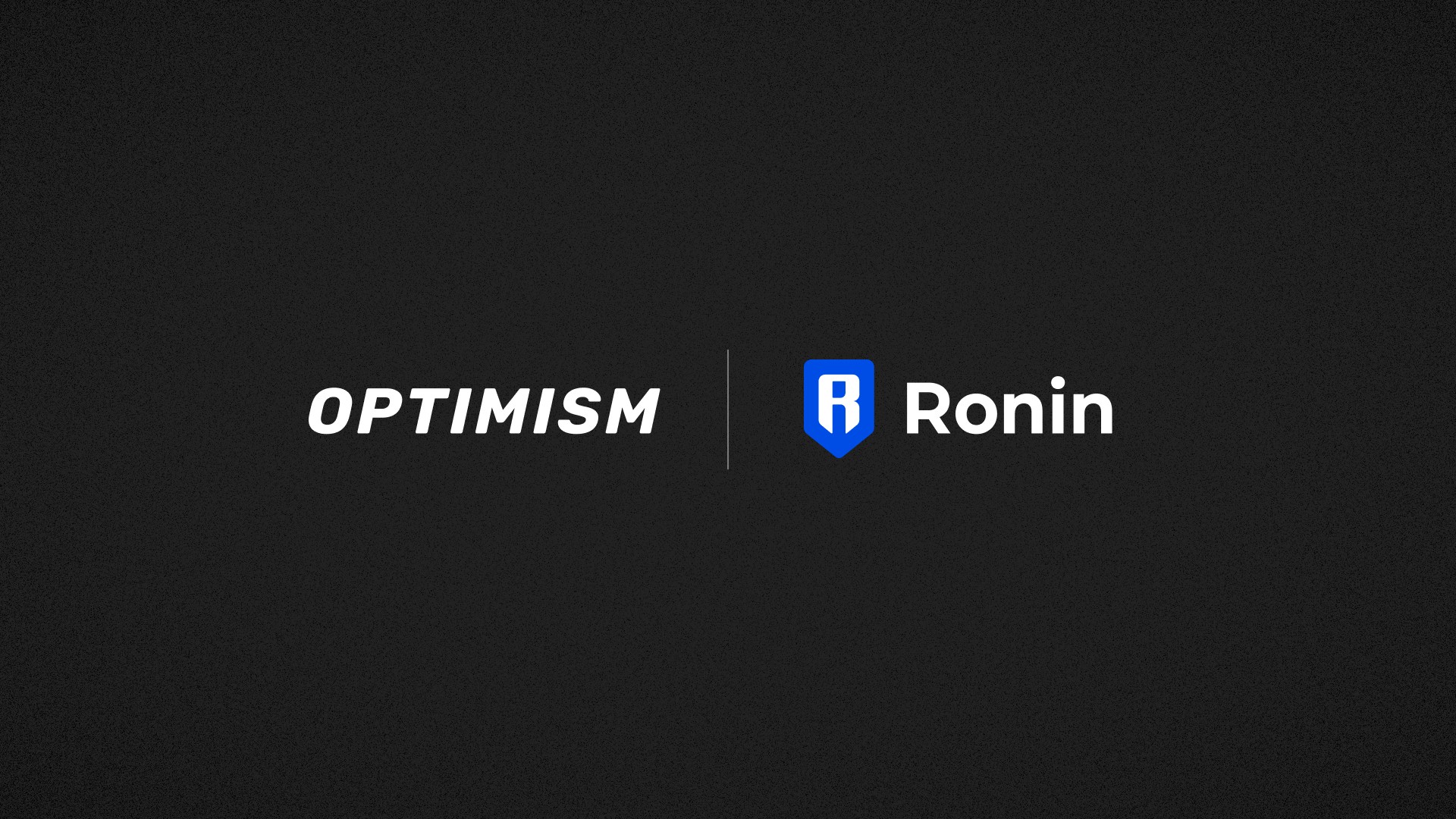
Review Migration Documentation: Access the latest official guides and technical documentation on the Ronin Network Blog and Optimism Blog for detailed migration procedures, compatibility notes, and timelines.
-
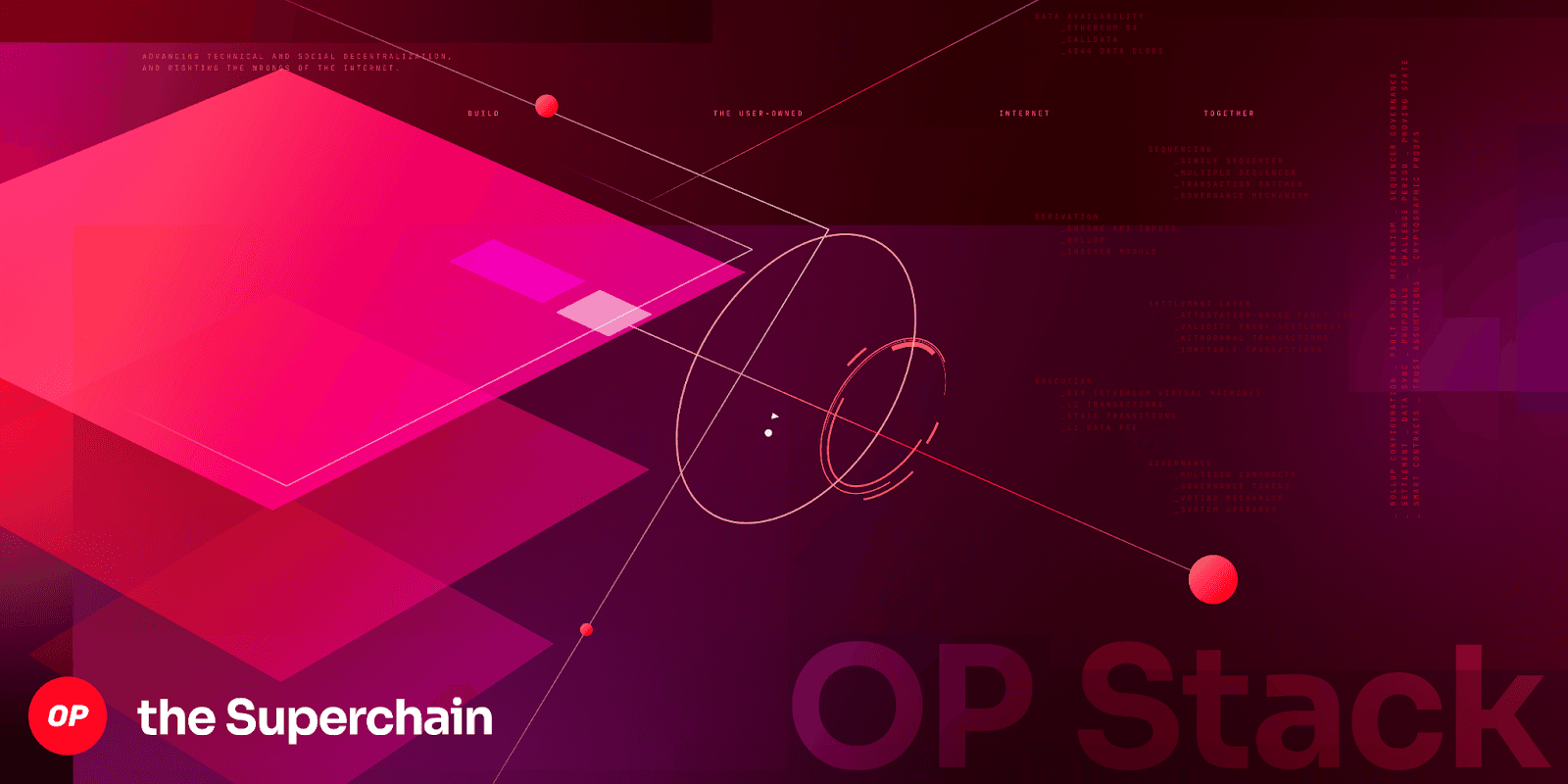
Audit Smart Contracts for L2 Compatibility: Ensure your existing smart contracts are compatible with the Optimism OP Stack. Pay special attention to gas usage, calldata limits, and cross-chain messaging requirements.
-
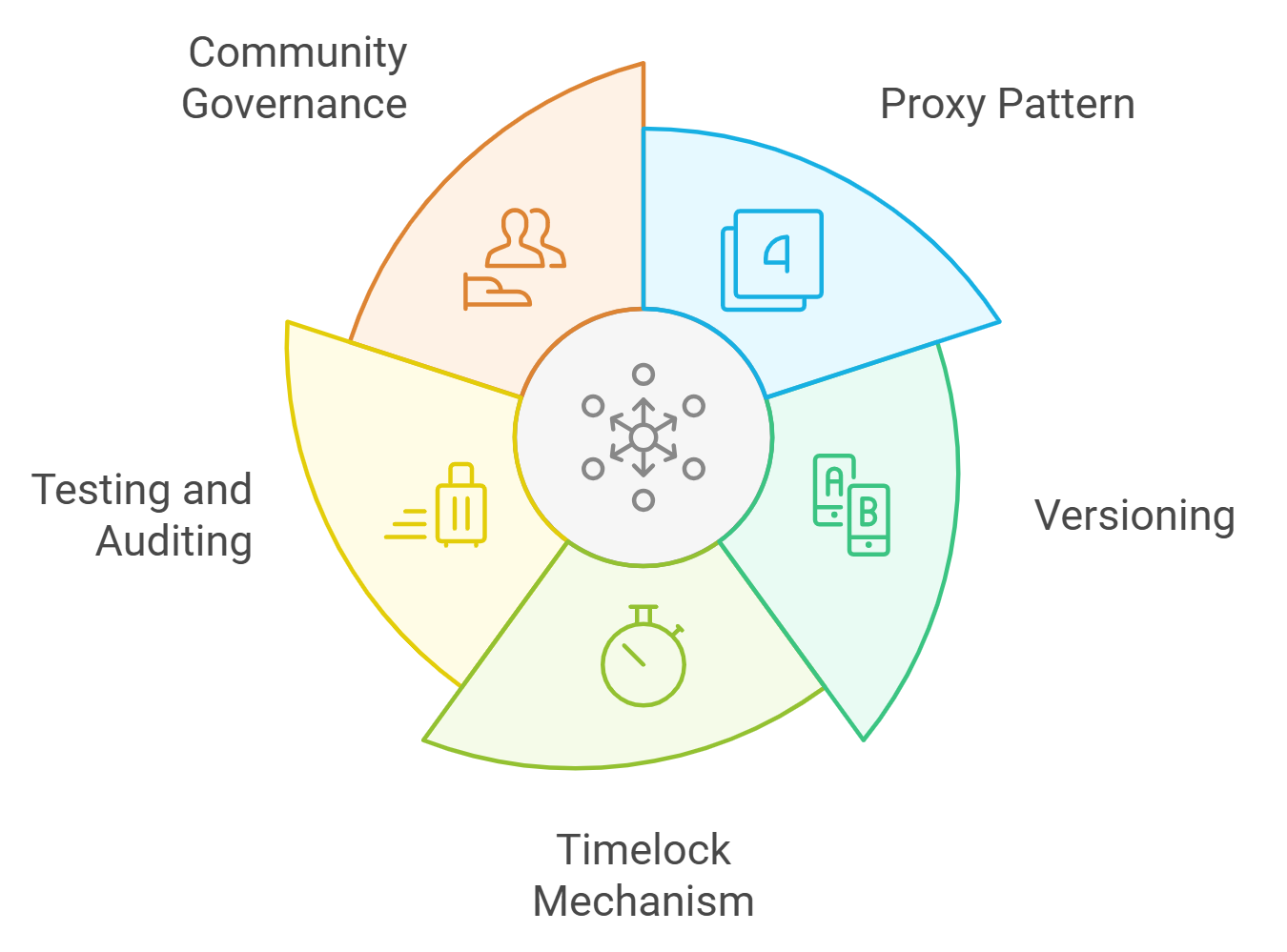
Test DApps on Optimism Testnet: Deploy and rigorously test your decentralized applications on the Optimism testnet to identify potential issues and optimize performance ahead of the mainnet migration.
-
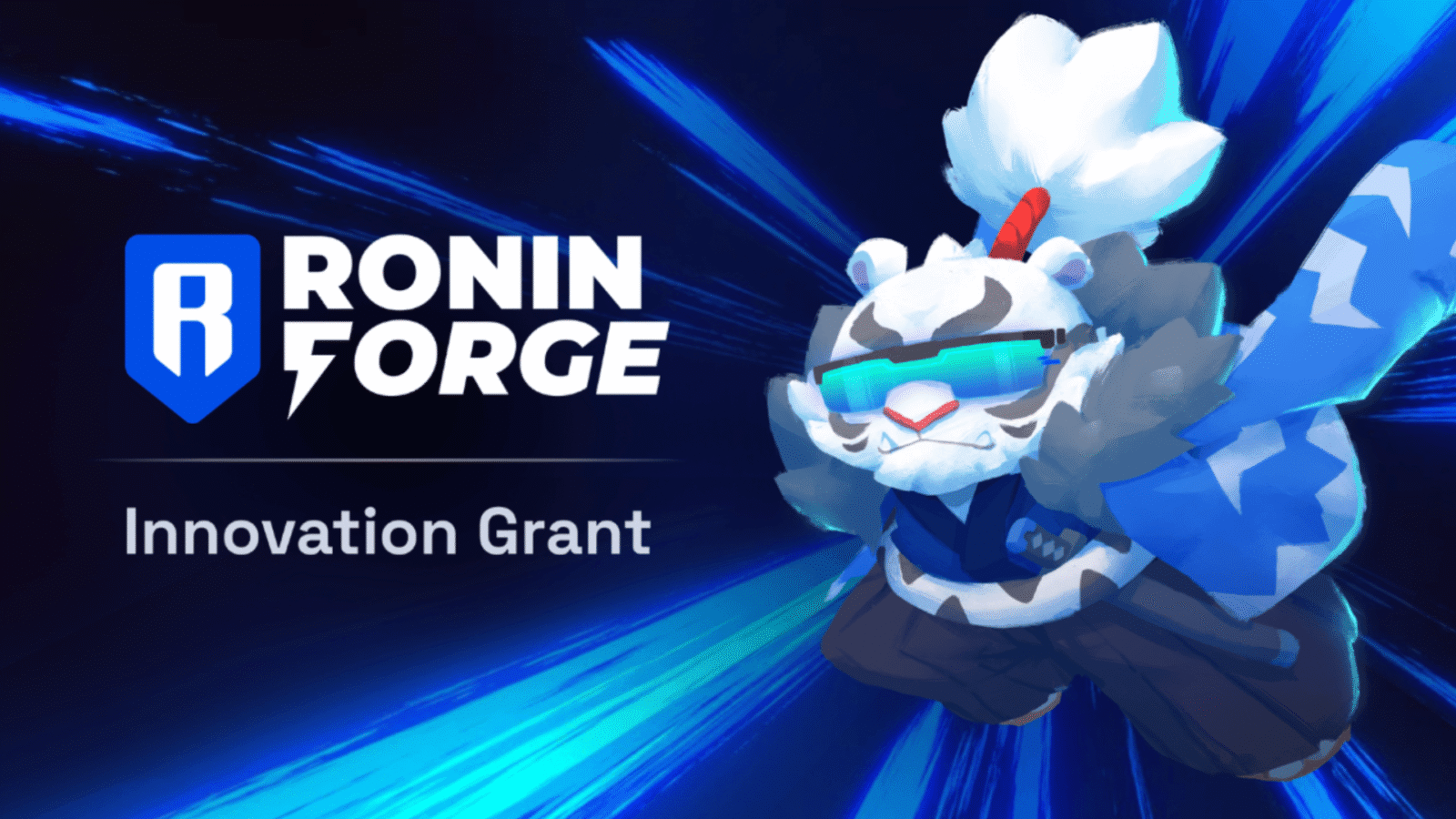
Stay Updated via Official Channels: Subscribe to Ronin’s official blog, Twitter, and community forums for real-time updates, migration schedules, and developer support resources.
-
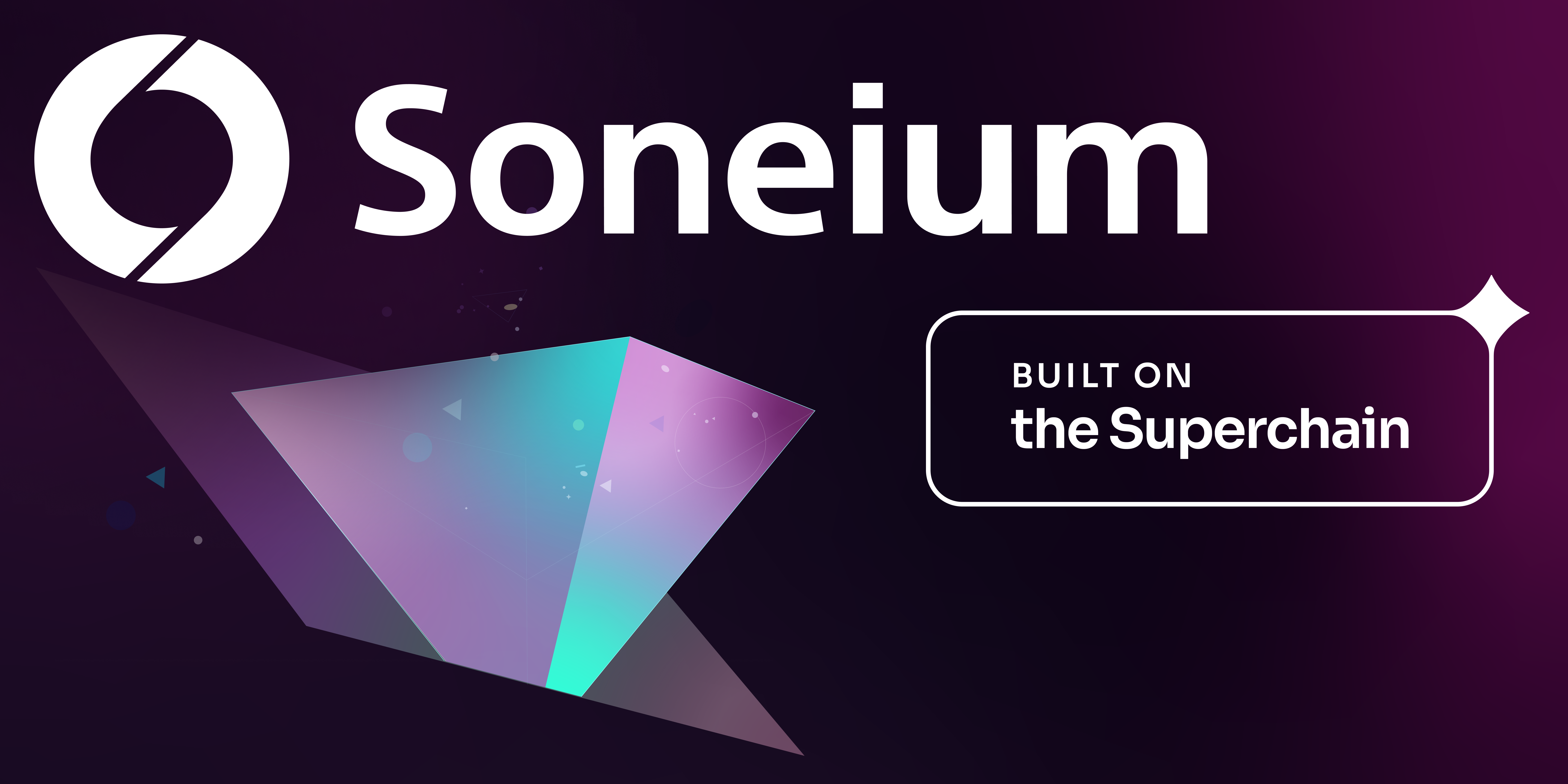
Explore Superchain Collaboration Opportunities: Investigate potential integrations and partnerships within the Optimism Superchain ecosystem, including platforms like Coinbase’s Base and Uniswap’s Unichain, to leverage new interoperability and user growth.
-
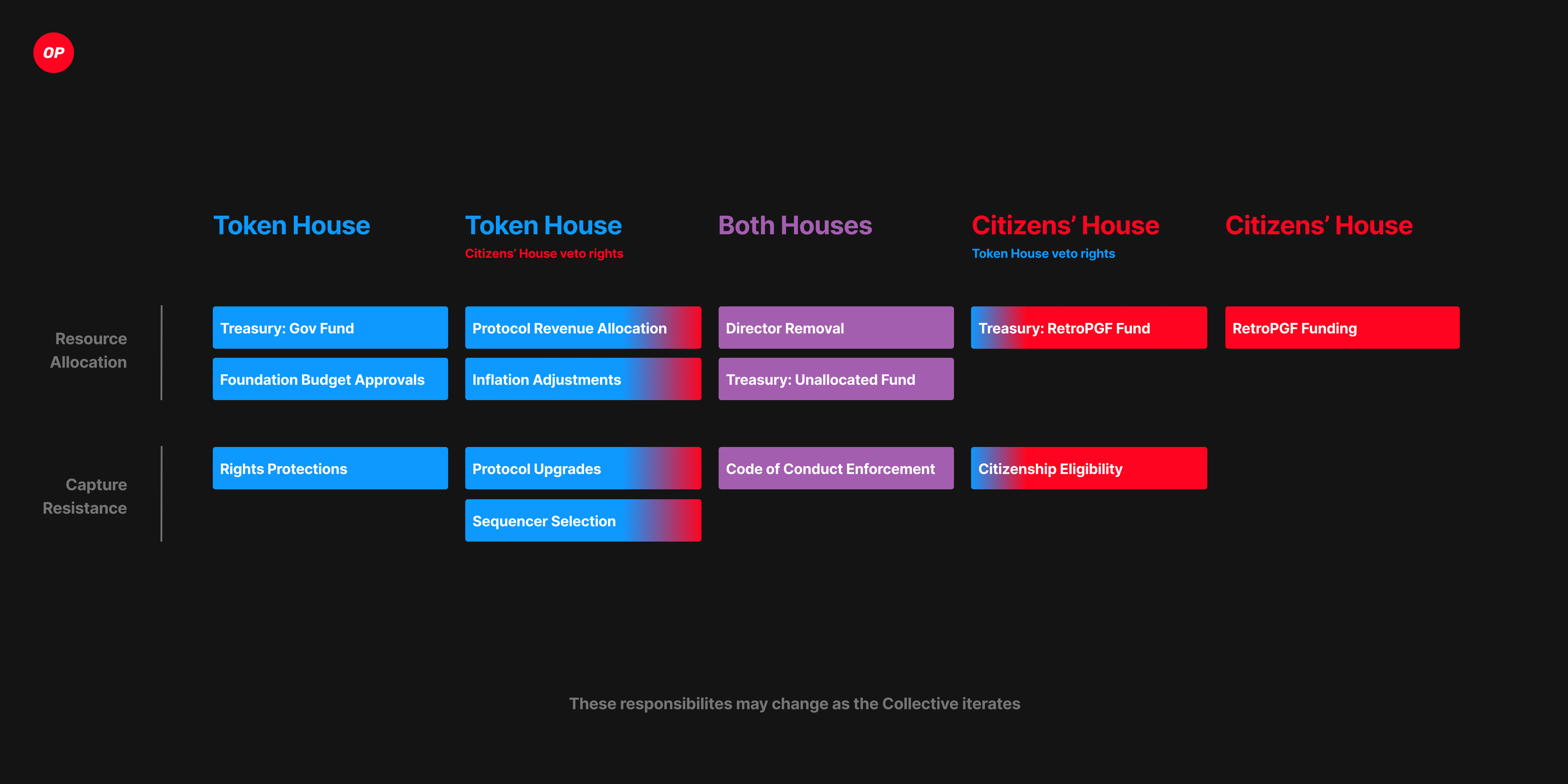
Apply for Developer Grants and Incentives: Prepare proposals to access milestone-based grants from the Optimism Foundation, Eigen Labs, and Boundless Foundation, and explore eligibility for allocations from the 850 million $OP Retro Fund.
-
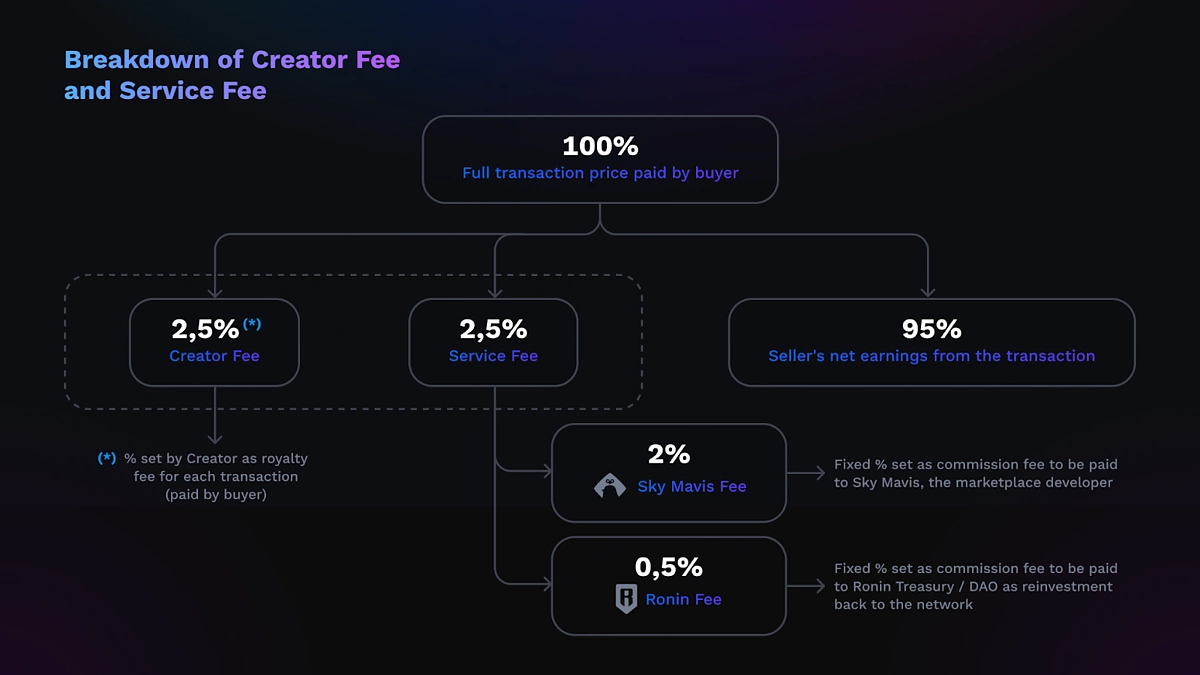
Plan for Infrastructure Tooling Updates: Coordinate with providers of block explorers, indexers, and oracles to ensure your project benefits from new discounts and remains compatible after the migration.
-
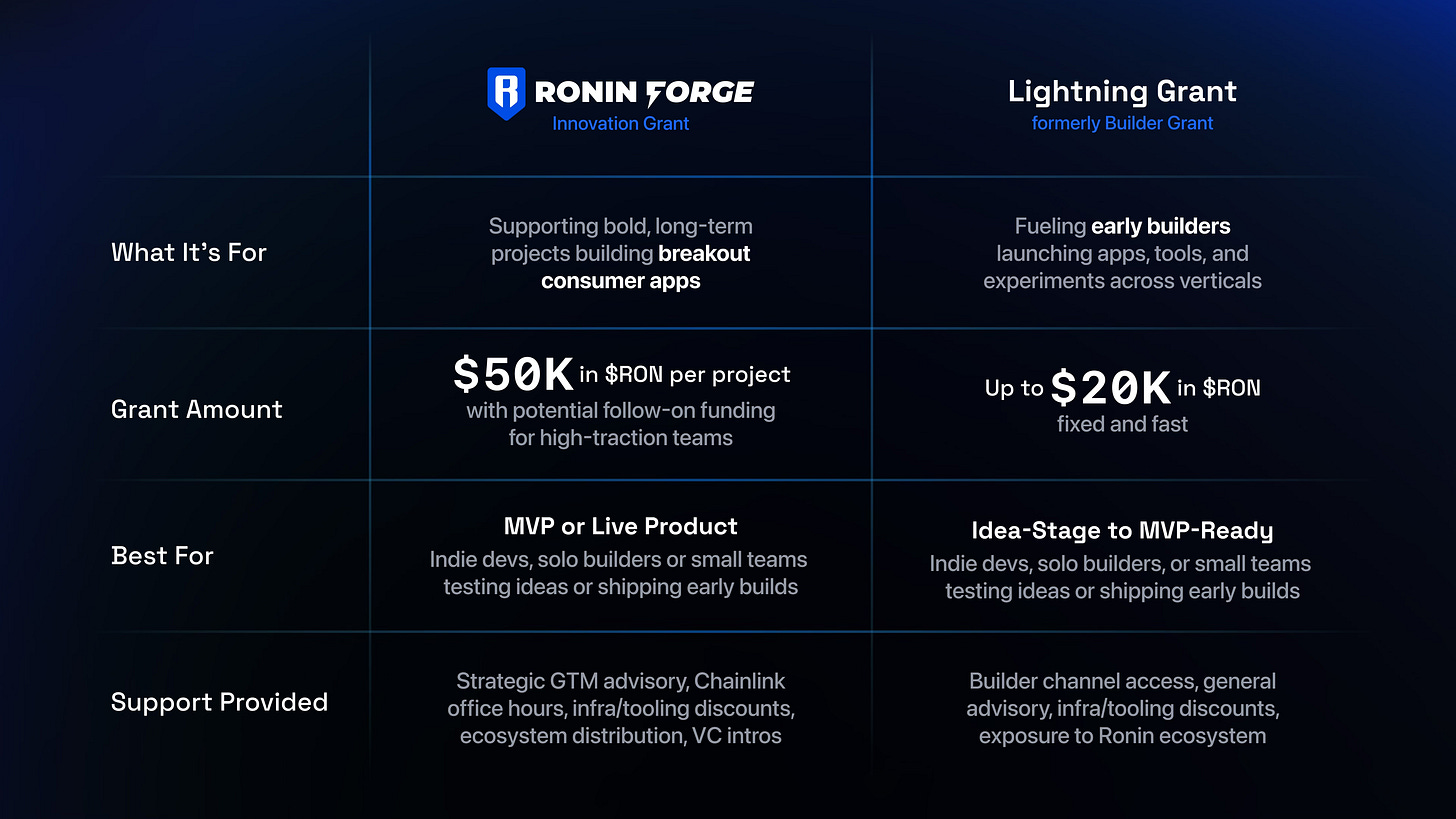
Monitor $RON Token Usage: Confirm continued integration of $RON as the gas token in your applications and communicate any changes to your users to ensure a seamless experience.
Key recommendations include:
- Stay engaged with official Ronin Network updates via the blog
- Review smart contract compatibility with OP Stack standards
- Explore grant opportunities and register interest early for milestone-based funding
- Plan for cross-chain features, leveraging Superchain interoperability in your product roadmap
- Monitor $RON tokenomics as network usage patterns evolve post-upgrade
Ronin’s Next Chapter: What Success Looks Like
The success of this upgrade will be measured by more than technical metrics. For Ronin, joining Ethereum as a Layer 2 is about fostering a resilient ecosystem where games, DeFi protocols, NFT marketplaces, and infrastructure providers thrive together. The anticipated transaction speeds, up to 1 million per second, and block times under 200 milliseconds set a new benchmark not just for gaming chains but for all high-throughput blockchain applications.
The economic incentives are equally important. With $5 million–$7 million in milestone grants and access to the massive $OP Retro Fund pool, builders have unprecedented resources at their disposal. This should catalyze a wave of innovation as new projects launch and existing ones scale up within the secure confines of Ethereum’s L2 architecture.
The bottom line: Ronin’s OP Stack transition is more than an infrastructure upgrade, it’s an invitation to build at scale with confidence. Developers who act now will be best positioned to shape the next era of Web3 gaming, DeFi, and digital ownership on one of Ethereum’s most performant L2s.
